Keto Graham Crackers (0.5g Net Carbs)
This recipe may contain Amazon or other affiliate links. As an Amazon Associate I earn from qualifying purchases.
These Keto Graham Crackers are crispy, lightly sweet keto crackers perfect for snacks or to make keto cheesecake crust. This copycat Graham cracker recipe has a similar bran texture as the authentic recipe, using almond flour and flaxseed meal as keto-friendly flours.

A classic Graham cracker is a crunchy, slightly sweet whole-grain cracker used in many cheesecake recipes as a base for the crust or to make S’mores treats. Classic Graham crackers are very high in carbs and not keto-friendly. In fact, an authentic store-bought Graham cracker recipe is made of high-carb ingredients, including all-purpose flour and sweeteners, including wheat flour, brown sugar, and honey.
While the whole recipe is just below, don’t miss all my tips further down, including process shots, ingredient swaps, tips, and more!
Did You Like This Recipe?
Leave a comment below or head to our Facebook page for tips, our Instagram page for inspiration, our Pinterest for saving recipes, and Flipboard to get all the new ones!
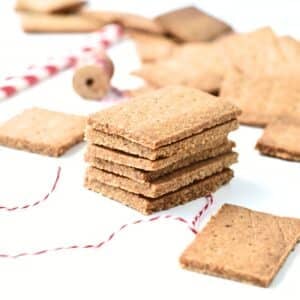
Keto Graham Crackers Recipe
Ingredients
- 2 cups Almond Flour scoop, leveled
- 1 tablespoon Flaxseed Meal
- ⅓ cup Granulated Sweetener
- 1 teaspoon Ground Cinnamon
- ¼ teaspoon Baking Soda
- 1 large Egg beaten, at room temperature
- 3 tablespoons Unsalted Butter or coconut oil if dairy-free
- 1 teaspoon Vanilla Extract
Instructions
- Preheat the oven to 325°F (160°C). Line a cookie sheet with parchment paper. Lightly oil the paper with coconut oil. Set aside.
- In a large mixing bowl, whisk together almond flour, flaxseed meal, sweetener, cinnamon, and baking soda.
- Make a well in the center and pour the melted butter, beaten egg, and vanilla.
- Stir with a spoon at first and when it starts to be difficult to stir, squeeze the dough with your hands to form a dough ball.
- Place the dough ball in the center of a long piece of parchment paper – about 30 cm/12 inch long.
- Press another long piece of parchment paper on top to flatten the ball into a thick disc and start to roll with a rolling pin.
- Roll until the dough is 0.2 inch/5 mm thick – look at the picture in my post above to see how I roll my dough into a perfect rectangle folding the borders of the piece of parchment paper.
- Using a sharp knife, cut 50 2-inch x 1.5-inch rectangle crackers.
- Prick each cracker with a fork to form rows of 4 holes as seen in my pictures.
- Gently slide an oiled spatula under each cracker to transfer onto the cookie sheet covered with oiled parchment paper. Leave half a thumb of space between each cracker to prevent them from touching each other. You may have to use more than one cookie sheet for baking them all. Bake one sheet at a time, leaving the other cookie sheet on the kitchen countertop at room temperature while the first one bakes.
- Bake in the center rack of the oven until the crackers are golden brown on the side and top.
- Cool on the rack for 10 minutes, then transfer them to a cooling rack to bring to room temperature.
Storage
- Storage in a sealed box at room temperature for up to 1 week or 2 weeks in the fridge.
- Freeze in an airtight bag for up to 3 months. Thaw at room temperature for 1 hour before using.
Tools
Getting Started What Is Keto? Macro Calculator Sweetener Converter Intermittent Fasting Keto Fruits Keto Vegetables Keto Flours Fighting Keto Flu Healthy SweetenersWant My Kitchen Equipment?
Nutrition
Ingredients and Substitutions
All you need are a few wholesome ingredients:

- Ultra-Fine Almond Flour – This is the best almond flour to make golden brown thin low-carb graham crackers. In fact, almond meal or ground almonds won’t deliver a great texture or light color. Learn how to pick the best keto flour.
- Flaxseed Meal – You don’t need much of this in the recipe, but it’s the key ingredient to add a bran texture similar to the authentic Graham crackers.
- Egg – at room temperature. Yes, eggs are keto-friendly!
- Erythritol – There are many other keto sweeteners that work in this recipe, including allulose or monk fruit erythritol blend. However, don’t use xylitol in keto cookies or keto cracker recipes. It won’t firm up, and the crackers won’t crisp with xylitol.
- Baking Soda – or 1/2 teaspoon of baking powder if you don’t appreciate the lightly bitter taste of baking soda.
- Vanilla Extract – For flavor
- Cinnamon – For classic flavors.
- Melted Unsalted Butter or melted coconut oil. Butter is a low-carb ingredient.
How To Make Keto Graham Crackers
Making homemade Graham crackers without sugar and fewer carbs is pretty easy. You don’t need any specific kitchen appliance, no food processor, just a bowl, spatula, baking sheets, and parchment paper.
- First, whisk all the dry ingredients together in a large mixing bowl. You want all the flour, baking soda, and salt to be evenly distributed before adding the wet ingredients.
- Next, make a well in the center of the dry ingredients and pour the melted butter, beaten egg, and vanilla extract.
- Finally, stir the dough with a spatula and then use your hand to knead the dough and form a ball. The trick to rolling the keto cracker dough is to use two pieces of parchment paper.
- First, place the dough ball in the center of a 30-cm long piece of parchment paper. Press another piece of parchment paper on top of the ball to flatten the dough into a thick disc.
- Then, use a rolling pin to roll the dough into a thin rectangle of 0.2-inch/5 mm thickness. As you can see in my pictures below, I am folding the sides of the bottom sheet of parchment paper to shape a rectangle. This technique encases the dough in the paper and ensures you are rolling a perfect rectangle of dough.
- Use a sharp knife or pizza cutter to cut the dough into 2-inch x 1.5-inch rectangles. Then, use a fork to prick the crackers in 2 or 3 rows.
- Finally, slide a spatula under each cracker to transfer them carefully onto a baking sheet covered with oiled parchment paper. Make sure you leave 1 cm/0.4 inch between each cracker, so they don’t overlap or touch each other.
- Preheat the oven to 325°F (160°C). Bake the crackers in the center rack of the oven for 15 minutes or until golden brown on the sides and top.
- Cool the crackers for 10 minutes on the cookie sheet, then transfer to a cooling rack. The crackers will firm up as they cool down.






Serving Suggestions
You can eat these crackers plain as a simple low-carb snack or create recipes with them. They are great to make:
- Graham cracker crust – crunch these crackers into a powder and combine them with butter to make a keto cheesecake crust.
- Keto S’mores – place a sugar-free homemade marshmallow along with sugar-free chocolate squares between 2 Graham crackers. Place this sweet sandwich for 5 minutes in the oven to melt the chocolate and marshmallow and enjoy!
- Pudding – crush a few of these keto crackers between layers of my keto banana pudding or keto cheesecake fluff.
Frequently Asked Questions
No, you can’t swap almond flour with coconut flour in this graham cracker recipe. The dough will be very dry and crumbly if you do so. You can, however, use nut-free alternatives:
– Sesame seed flour
– Sunflower seed flour
– Pumpkin seed flour – watch out! This option gives the crackers a green color.
No, Graham crackers are very high in carbs and not keto-friendly. In fact, an authentic store-bought Graham cracker recipe is made of high-carb ingredients, including all-purpose flour and sweeteners, including wheat flour, brown sugar, and honey.
No, you can’t eat the store-bought Graham crackers, but you can make your own keto-friendly Graham crackers at home using keto flours and keto-friendly sweeteners.
Storage Instructions
These keto crackers store well in an airtight box in the pantry for up to 1 week. Otherwise, place the box in the fridge and store up to 2 weeks. You can also freeze keto crackers in zip lock bags and thaw them the day before eating at room temperature.

More Keto Cracker Recipes
I love to create keto cracker recipes to snack on. Below I listed other keto cracker recipes that you can try:
Posted In:
Disclaimer
The recipes, instructions, and articles on this website should not be taken or used as medical advice. You must consult with your doctor before starting on a keto or low-carb diet. The nutritional data provided on Sweetashoney is to be used as indicative only.
The nutrition data is calculated using WP Recipe Maker. Net Carbs is calculated by removing the fiber and some sweeteners from the total Carbohydrates. As an example, a recipe with 10 grams of Carbs per 100 grams that contains 3 grams of erythritol and 5 grams of fiber will have a net carbs content of 2 grams. Some sweeteners are excluded because they are not metabolized.
You should always calculate the nutritional data yourself instead of relying on Sweetashoney's data. Sweetashoney and its recipes and articles are not intended to cure, prevent, diagnose, or treat any disease. Sweetashoney cannot be liable for adverse reactions or any other outcome resulting from the use of recipes or advice found on the Website.
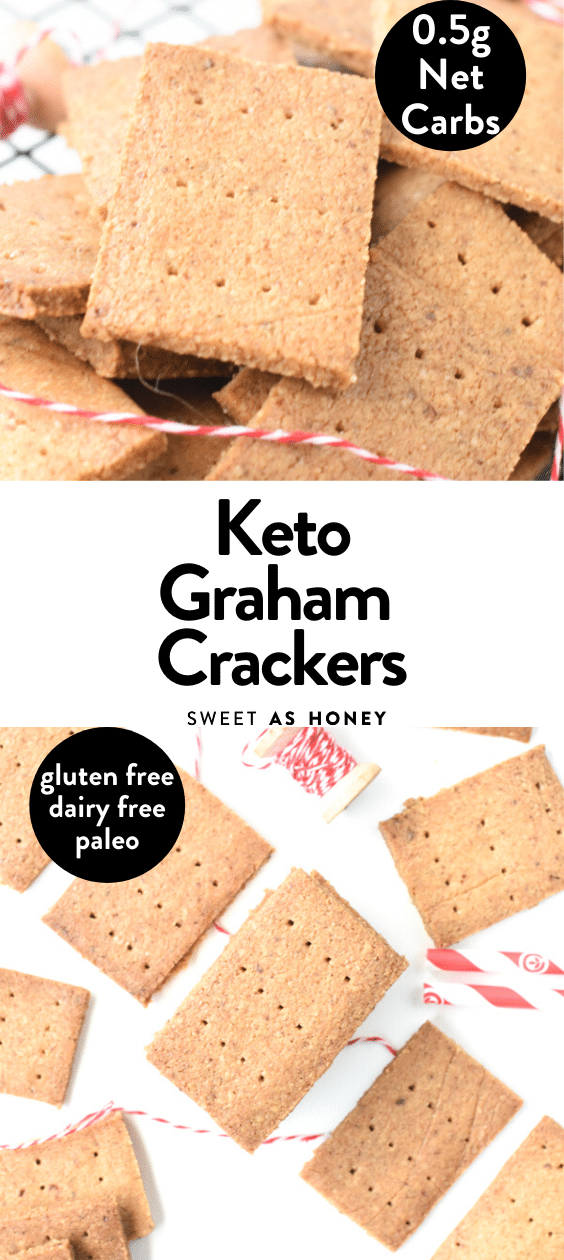



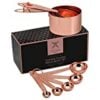
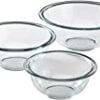
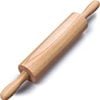

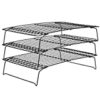
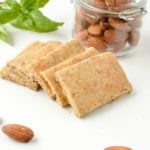

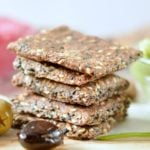

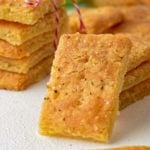



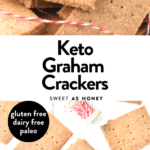
Share this post!
If you enjoyed this post, share it with your close ones!
Leave a comment
I think this would be a wonderful Passover recipe, too! All I would need is a substitute for the flaxseed meal. Or, is it really necessary as it is so little?
Additionally, can I substitute avocodo oil for the butter?
You can use coconut oil instead of butter, but avocado oil might also work. Flaxseeds are trickier to replace as they give these the bran texture. If I had to experiment, I’d try swapping it for psyllium husk or ground sesame seeds, but the latter would give some flavor.
I can’t use artificial sweeteners… honey, maple syrup, molasses?
Any subs? I realize they aren’t “super keto”, but that’s ok!
Any crystal sweetener like sugar, coconut sugar would work.
I’m allergic to almonds(coconut too.) Is there another flour I can use? If yes, how much?
You can use sesame seed flour, sunflower seed flour, or pumpkin seed flour.
These are very close to the real thing. I didn’t cook them quite long enough so only the ones on the edges got really crunchy but they were all delicious. Now that Choczero is making keto marshmallows, genuine keto “‘smores” are here!
Thank you for perfecting this graham cracker recipe!
Excellent! Took some time to make, but now that I’ve done it once, it’ll be easier the next time around. Time in the oven is about 12-18 minutes.
I really enjoyed trying this recipe. I only had salted butter, so I used that and the end product did not taste salty to me. Otherwise all ingredients were used in the kind and amount as listed.
I scooped cookie scoops of dough and individually rolled/shaped those into rectangles, and then cut each rectangle in half. I found this easier for me than working with a large rolled out piece. My finished baked crackers weighed between 9-11grams each and I got 28 crackers from the recipe. After about 15 min of baking (just as they were beginning to brown), I flipped each cracker over to dry out the underside. I then decreased the oven temp to 250 convection and it took about an additonal 6 min. This got them drier before they got overly browned. They really do crisp up after sitting on a cooling rack, so don’t be afraid if they seem a little soft out of the oven. They don’t taste exactly like a conventional graham cracker, but they are tasty andI am thankfully learning to adjust my taste expectations and preferences, in lieu of healthier eating. I can think of so many ways of enjoying these. Thank you for developing and sharing this recipe.
These were very good but I didn’t get 50 crackers just 30.
I’m sure I didn’t roll them thin enough. But truthfully I don’t care. It’s still low carb snack and I figure about 1 carb.
VERY PLEASED with the recipe!!!
I used salted butter and left out the salt ingredient included in recipe. Only made sense. Came out wonderfully!!!
These are the best cookies I have ever made with a low carb recipe and I have made many, many low carb recipes over the last 10 years. Most of them don’t live up to the hype but these certainly do! They are simple to make, taste amazing and most importantly – turned out just like the recipe said they would with the right amount of servings, etc. It’s crazy how good these are. Everyone in the house loved them even if they aren’t doing low carb. Keep up the good work and I’ll be checking out other recipes from you soon!!
Wow!
So easy &So good. I made filled cookies by putting cream cheese frosting between2 crackers. They didn’t last because they r so good.
Linda Wilson
I made this cracker recipe the moment it came in my mailbox. I have made almond crackers many times before but not in this way. I really like them, they taste good. I added 1 tbsp of psyllium husk to make the crackers more firm, otherwise they break quickly.
Was that pysiliium husknpowder or flakes u added?
This recipe doesn’t use any psyllium husk